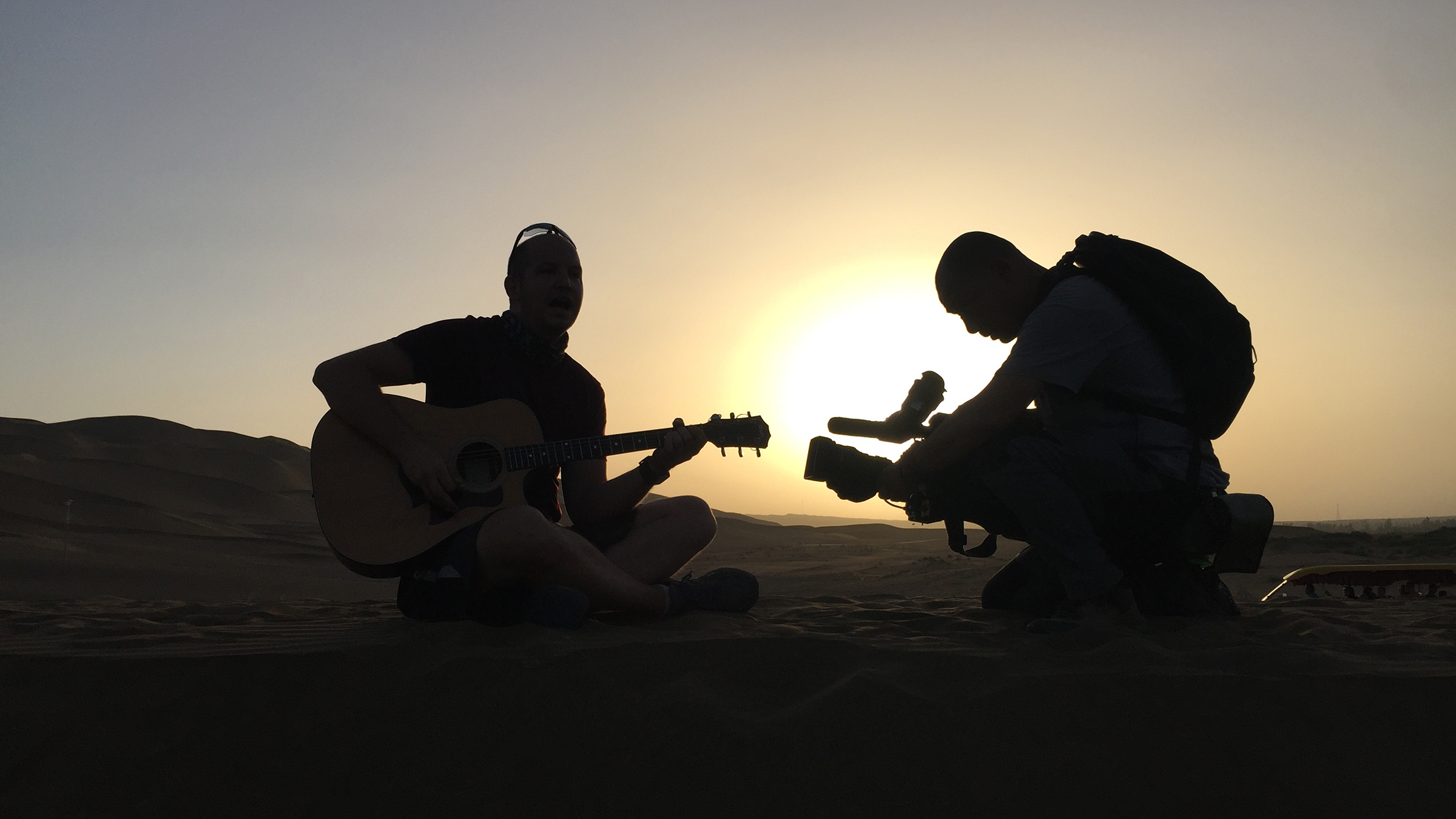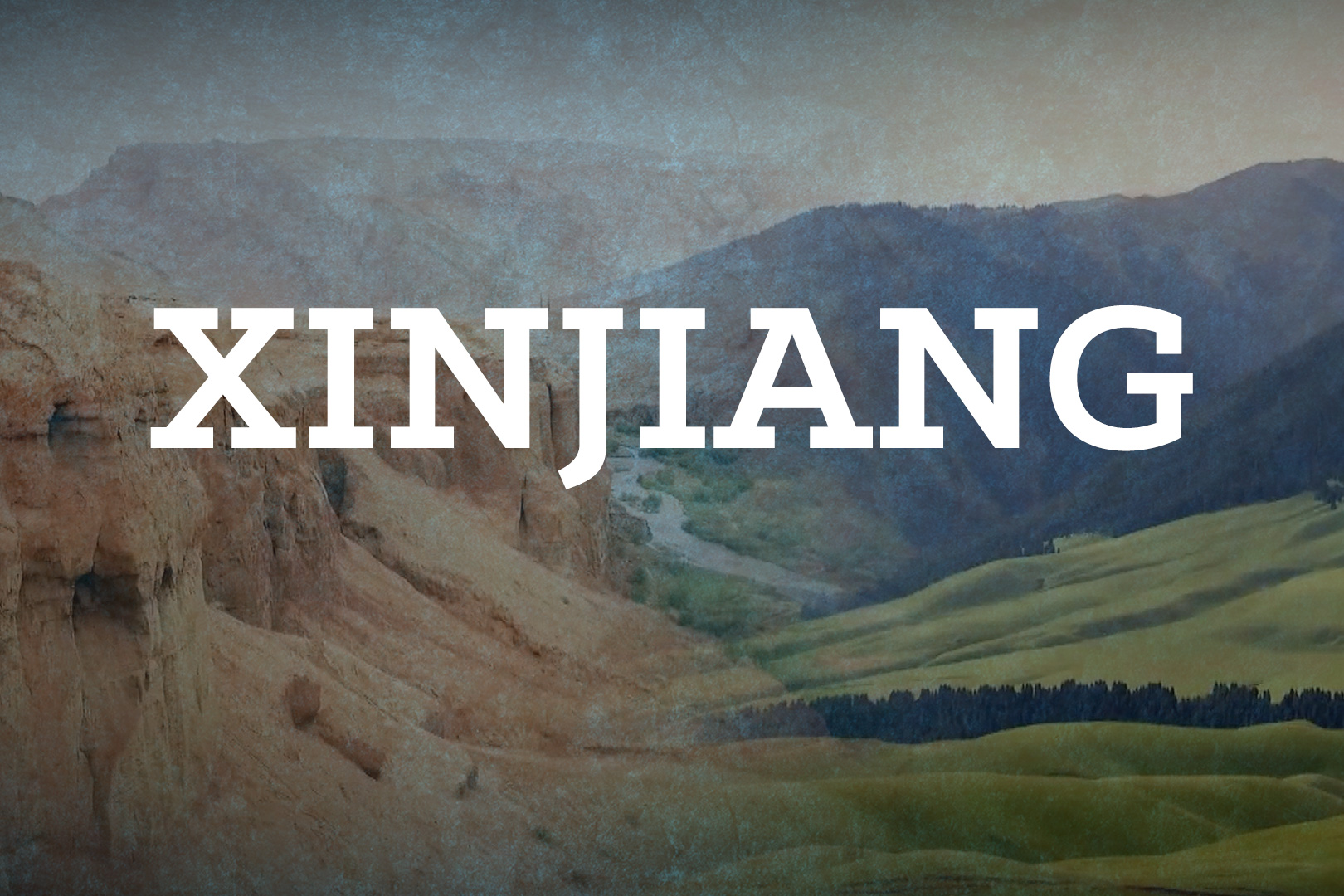Images from XINJIANG: Exploring China’s new frontier
a multi-week series produced by Han Bin for CCTV.
Click on any image for full-screen slideshow.
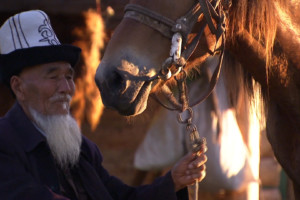
XINJIANG: Ancient village tourism
The Kazakhs are known for “living on horseback”. This tradition is gradually fading as more young people leave the village for the big cities.
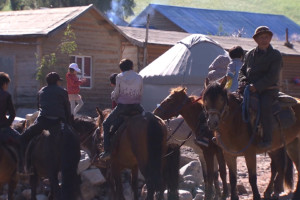
XINJIANG: Ancient village tourism
A group of tourists preparing to travel through the hills that once belonged to the nomads.
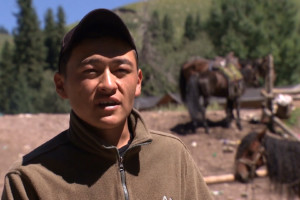
XINJIANG: Ancient village tourism
Ehye still helps the family with the animals, but he knows the nomadic life won’t get him rich, and tourism can.
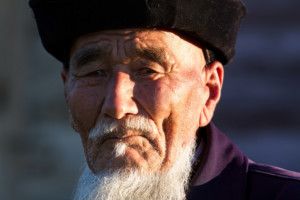
XINJIANG: Ancient village tourism
Aby feels as though he's sitting at the edge of the ancient world, in an increasingly urban Xinjiang.

XINJIANG: Ancient village tourism
Elye: "I can’t raise livestock on the grasslands all my life. I have my own dreams and grandpa has his dreams. I would love to go to the big cities to watch, to open my mind and eyes."
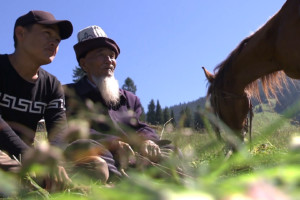
XINJIANG: Ancient village tourism
Aby Johmubay and his grandson, Ehye Bahyar, on the land both have lived their whole life.

XINJIANG: Ramadan, Islam’s holiest month
Special evening prayers are conducted, with long portions of the Qur’an recited. They are known as the Taraweeh.

XINJIANG: Ramadan, Islam’s holiest month
Abdukerim’s family prays before a feast marking the end of Ramadan.

XINJIANG: Ramadan, Islam’s holiest month
Abdukerim has been the Hatifu, or senior Imam, of Bachu's biggest mosque for 15 years. He began studying Islam when he was 8.

xinjiang-fighting-terrorism-01
Havagul pays a visit to a victim’s mother. 76-year-old Uxurhan Wali lost her son, who served as security staff.

XINJIANG: Fighting terrorism
The violence in 2013 took the lives of 15 police officers and community staff. Six of the attackers were shot dead and another 8 were captured.

XINJIANG: Fighting terrorism
Emat Axim’s nephew, Osman Muhammet took part in the violence of 2013 and was sentenced to 9 years in prison. His uncle has no idea why he got involved, and says young people need support.

XINJIANG: Disappearing architecture
46-year-old Askar Mollahun is a senior architect. He says, like many cities, Kashgar has in some ways lost its old style to progress.

XINJIANG: Disappearing architecture
The traditional Uyghur architectural style is usually closed to the outside, but has an internal open courtyard-style layout, like having a big front hall with a skylight. The façade is often simple and plain.
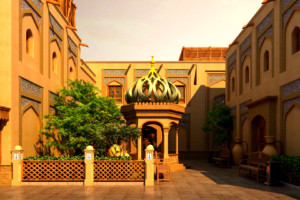
XINJIANG: Disappearing architecture
Old sections of Kashgar are the best example of the traditional Islamic city to be found anywhere in Central Asia.

XINJIANG: Disappearing architecture
26-year-old Rustam Abudueni lives here with his parents. “This is where we have lived for generations. I hope the houses will be reinforced, so that we can continue to stay here forever,” Rustam said.

XINJIANG - Cross border ties at Tacheng
Han Bin visits the city of Tacheng, on the border with Kazakhstan. He met a Uyghur family whose experience shows why border trade is so important, and what the new initiatives mean for the region.
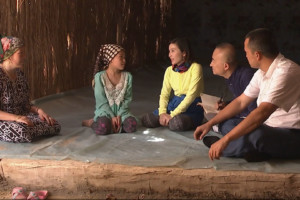
XINJIANG: Bilingual education
Since 2011, the China government has been promoting bilingual education. Reporter Han Bin follows a Uyghur education expert and businesswoman in Xinjiang to see how this policy is being practiced in the remote areas.
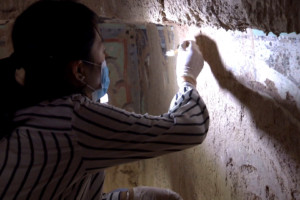
XINJIANG: Protecting ancient art
Two-thousand years ago, the Silk Road was not only a trade route, but a corridor for ideas to flow. For the past 18 years, art historian Ye Mei has been investigating the secrets of murals created when Buddhism flourished in Xinjiang.

XINJIANG: Saving a rare duck
Han Bin meets conservation volunteers in Urumqi, whose struggle with local developers and ordinary people will decide the fate of this endangered species of duck.

XINJIANG: New generation of entrepeneurs
A profile of Almas Polat, a young Uyghur entrepreneur in the regional Xinjiang capital Urumqi. Polat says the problem there is not lack of jobs, but of basic skills and some new ways of thinking.

XINJIANG: Ancient village tourism
In villages like Qiongkushitai in northern Xinjiang, modernization has brought dramatic changes to a once isolated village, and new conflicts among different groups of people.
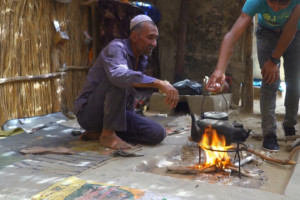
XINJIANG: Disappearing village
A lonely oasis, tucked deep in the Taklamakan Desert, Daya Boyi is a sparsely populated village, which is home to some 300 families, who are all are ethnic Uyghurs.
 CGTN America
CGTN America